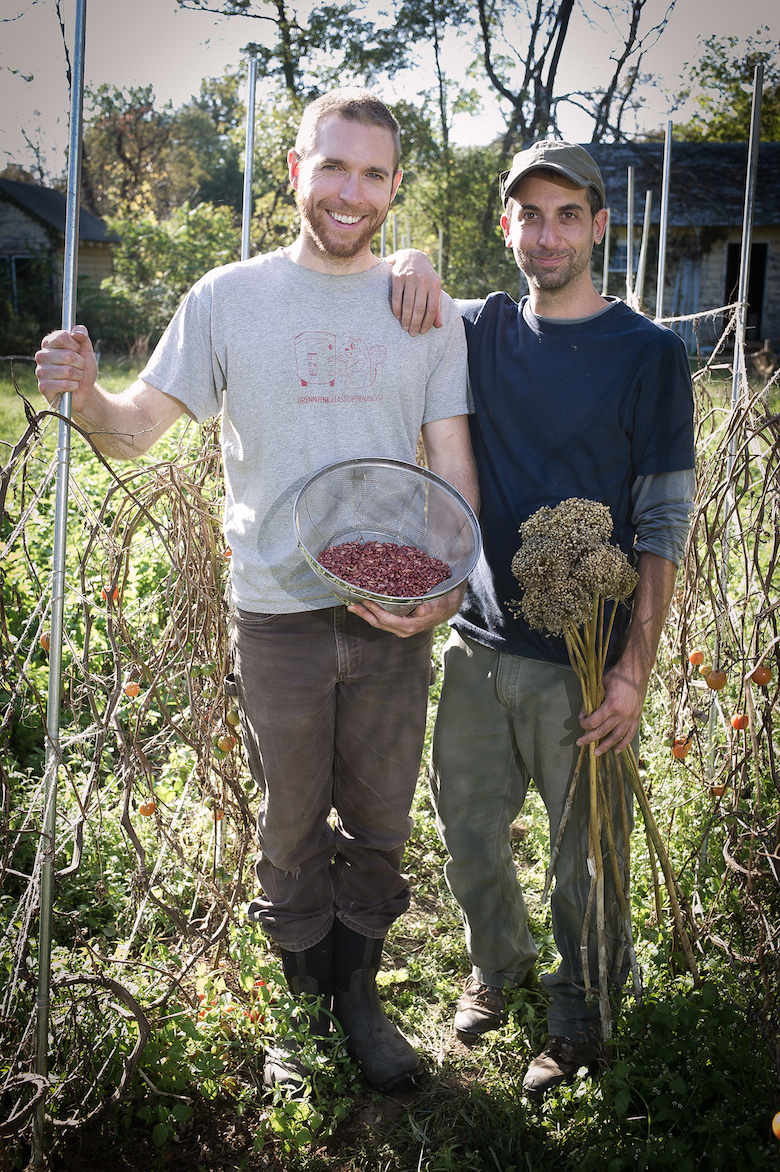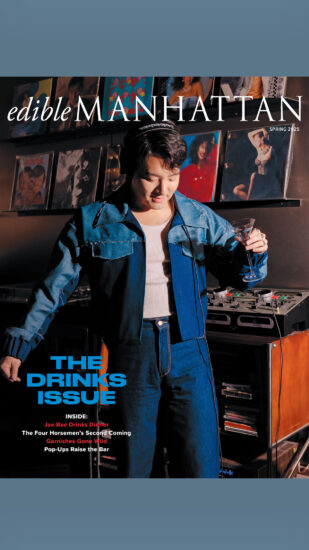So you want to grow thyme on your tabletop, lettuce on your windowsill and cucumbers on your fire escape. But which seeds should you plant? The little specks of life that make a locavore diet possible often come from companies that court customers across the country. How’s a New York gardener to know which varieties will grow best right here?
For a rough prediction, you could go by the USDA “hardiness zones” cited in all the catalogs, but those sweeping regions are based only on average frost-free dates, and say nothing about crucial factors like rainfall. New York City, for example, is in zone 7—as is much of West Virginia and Oklahoma and even parts of Washington State.
But imagine a seed company that focuses solely on seeds adapted to our area’s annual mix of sunshine and rain, pests and precipitation, frost and fungus. And one that shines a spotlight on heirloom varieties developed over generations by families farming right in this region. Varieties, you could say, that ♥ NY.
Well, there is one: the Hudson Valley Seed Library. It only stocks seeds that thrive in our microclimate—and many are strains you’re unlikely to find in many other places, like Aunt Molly’s Ground Cherry and Spotted Trout Lettuce (both Slow Food Ark of Taste varieties), or Piracicaba Broccoli, a sweet, non-heading Brazilian variety that flourishes in our hot, humid summers.
Ken Greene, now 39, started the library in 2004 at an actual library up in Gardiner, New York, collecting heirloom seeds saved by local gardeners and passing them on to others. Response was so robust that four years later, he and his partner, Doug Muller, quit their jobs and started seed farming full-time. Each year they identify the best-performing individual plants in their fields—say the kale that the aphids avoided and the sweetest of the sweet peas—and harvest and save those seeds to grow the following year, a process that acclimates strains to local conditions. They also encourage members to send in their own saved seeds, so Greene and crew can work with them too. (Eventually, Greene says, they hope to create new varieties as well, but that’s a ways off.)
As well as a discount off the $25 membership for contributing seeds, members get 10 free packs of seeds (and a discount on additional packs) and can try out seeds contributed by other members for free. (Member-contributed seeds can’t be sold because they’re not tested for germination rates and other characteristics.)
City green thumbs are more than welcome: Greene says about 30 percent of members are urban gardeners. “The cool thing is that they’re so diverse,” Greene says: “community plots, container gardens and rooftops almost as big as our farm. We’re always learning more about what plants do better [in city settings] and we love having seed-saving urban members.”
While there are tricks to seed-saving (cucumbers and peppers need to be protected from cross-pollination, for instance), Greene says anyone can do it. “As gardeners, we are used to interrupting plants at their most delicious moment,” he says, picking vegetables like peas, beans and summer squash before the seeds are mature, and lettuce before it even flowers. “But when you let a plant go to seed,” he continues, “you learn new, beautiful things about its life cycle.” Their monthly newsletter guides gardeners through the growing—and the saving—of their seeds.
In keeping with the locavore commitment, Greene and Muller commission seed-inspired work from local artists to decorate a special, slightly more expensive line of tiny, life-filled envelopes it calls Art Packs. They spring partly from a desire to support local artists, but also from an aversion to what Greene calls the “garden porn” of the average seed packet. “We want to highlight the stories that come with the seeds,” he says, “rather than have people trying to grow vegetables that look like the supersaturated, airbrushed photos in the catalogs.”
Manhattanites can buy the Art Packs really locally: Whole Foods carries them, as do some smaller outlets like Haven’s Kitchen near Union Square and Dinosaur Hill in NoHo.




